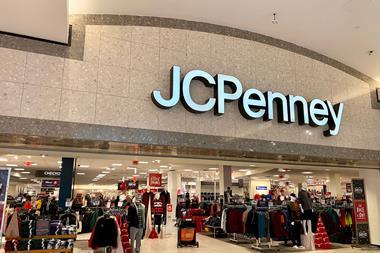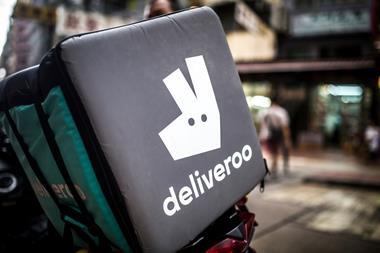With Amazon in discussions to buy abandoned department stores in the US to turn into dedicated distribution centres, might the etail giant do the same in the UK – and would it work?
While the wider retail sector both in the US and the UK has been battered by coronavirus, the pandemic has done nothing to halt the inexorable rise of Amazon. In fact, it has only served to help Amazon grow ever larger.
As a result, the news this week that it was in discussions with America’s largest shopping centre landlord, Simon Property Group, about the possibility of buying up abandoned former JC Penney and Sears department stores to turn them into tech-laden distribution centres makes sense.
In the US, as in the UK, months of intermittent lockdowns have seen more people come to rely on ecommerce more of the time, helping to drive as much as five years’ worth of sales growth for the channel in five months.
Also in the US, much like here, department stores – once mainstays of bricks-and-mortar retailing – were in a torrid position pre-coronavirus. The convenience and breadth of products offered by, ironically, the likes of Amazon and others online, combined with spiralling property costs, have driven many once household retail names to bankruptcy.
A similar pattern is emerging in the UK, exacerbated by the pandemic. In early July, John Lewis boss Dame Sharon White told her 8,000-strong workforce that it was unlikely that all 50 of its department stores would reopen and that it would be forced to take sweeping cost-cutting measures in the future, including possibly axing the bonus and making redundancies.
“If Amazon was so inclined, there are plenty of vacant department stores in the UK. Whether it makes business sense would likely come down to two key factors: geography and fit-out costs”
Debenhams, meanwhile, has had an even more challenging time. Already a badly listing business pre-coronavirus, it undertook its second administration in less than a year in April, having already closed 22 stores in January as part of its 2019 administration.
In May it closed a further five stores, all in shopping centres, and today Retail Week revealed that it would be making a further 2,500 redundancies of furloughed staff.
In short, then, if Amazon was so inclined, there are plenty of vacant department stores in the UK. Whether it makes business sense for Amazon, though, would likely come down to two key factors: geography and fit-out costs.
The United States of America is over 40 times larger in terms of landmass than the UK and, outside the major cities, tends to be significantly lower in terms of population densities.
This provides Amazon with significant logistical challenges, which it has overcome through purchasing abandoned retail sites before – for example, it converted twin 700,000 sq ft malls into regional DCs in Ohio last year.
The hub of UK ecommerce delivery is based around the so-called ‘Golden Triangle’ bisecting the Midlands between Northamptonshire, Leicestershire and Derbyshire. The theory being that, from there, a delivery driver can roughly reach any part of the UK within four hours or so.
However, while logistics firms and retailers alike still look to this part of the world to place the majority of their infrastructure, that is beginning to change. The reason being, as one senior executive at warehousing giant Segro explained, that the economics of ‘last-mile’ delivery for retailers in the UK isn’t much better than it is in the US, despite the size differences.
He recently described securing appropriately sized properties inside London’s North and South Circulars as being “the holy grail” for retailers and delivery firms, and also pointed to successes the company has had with urban sites on the continent, particularly in Paris.
With more people wanting more products in less time, he is in no doubt that distribution centres will become increasingly urban in the future.
Other delivery firms, such as Germany-based Hermes and France-based DPD, are also betting big on urban fulfilment centres becoming increasingly the norm. So, why not Amazon?
Perhaps ironically, one retail property expert believes that what may keep Amazon from pursuing this strategy in the UK is actually the cost. Not so much of buying or renting the sites themselves, but more the cost of properly fitting them out.
“It would ultimately be cheaper for Amazon to buy out purpose-built warehouses than buy, gut and retrofit an old Debenhams store”
In its distribution centres, Amazon uses similar technology to its Go stores – literally thousands of cameras to guide robots and warehouse workers alike in picking, packing and shipping tens, if not hundreds, of thousands of products an hour as efficiently and accurately as possible.
It would ultimately be cheaper, the expert says, for Amazon to buy out purpose-built, empty warehouses – or even buy the land itself and build new bespoke distribution centres on it – than buy, gut and then technologically retrofit an old Debenhams, John Lewis or House of Fraser store.
Ultimately, though, if the only impediment is cost, there’s no reason to suspect Amazon would balk at coughing up.
Retail property site values have been driven so low and vacancies pushed so high by the coronavirus crisis that Amazon could afford to gamble on a few different sites of different sizes in different locations, almost as experiments.
If that came to pass, you’d be hard-pressed to bet against Amazon making a success of it.































No comments yet